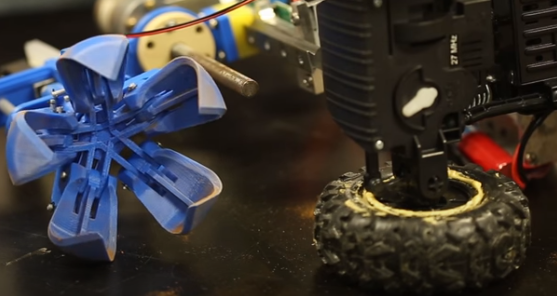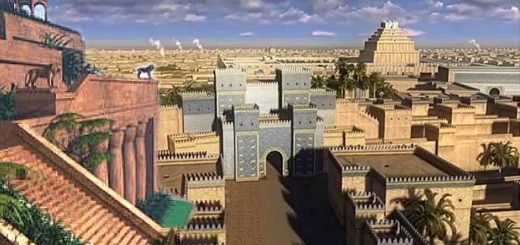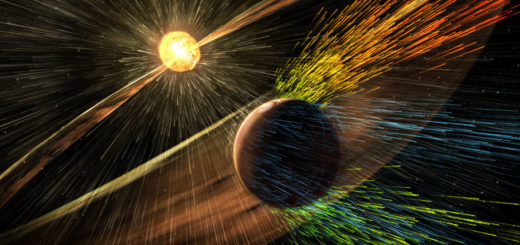Nightmarish Sea Urchin Teeth Inspire New Space Exploration Claw

By now we’ve pretty much figured out how to get to nearby planets. But we have far less experience with how to get by once we’re there. That’s why scientists and engineers are always looking to devise new ways of gathering data on alien worlds. But rather than looking out to the stars for ideas, the designers of a new space exploration tool looked out the windows of their California labs and under the waters of the Pacific Ocean.
Researchers at the University of California, San Diego have created an excavation tool inspired by the mouths of sea urchins. The team of engineers and marine biologists recently published their work in the Journal of Visualized Experiments.
Capable of biting holes through rocks, sea urchin teeth have evolved to become self-sharpening instruments of survival — and of abject terror, in a deeply inhuman, Lovecraftian kind of way. It’s this amazing structural power that inspired the sediment excavation tool.
Like those of sea stars, sea urchin bodies are arranged around the central axis of their mouths, exhibiting a structure known as radial symmetry. Sea urchin teeth are some of the animal world’s most idiosyncratic structures. Called “Aristotle’s lantern,” after the Greek philosopher who first described the sea urchin jaw’s unique structure, the five teeth have a rigid internal bone called the keel that reduces overall pressure and stress on individual teeth.
“Such an exquisite structure has evolved over 200 million years, and it can perform far better than manmade, nonoptimized tools,” Pupa Gilbert, a biophysicist researching sea urchin teeth and not involved in the UC San Diego development, told National Geographic in 2010.
Full Width
This image from UC San Diego’s video above compares the jaws and teeth of a sea urchin to the new excavation tool.
UC SAN DIEGO
To better understand the jaw structures, the UC San Diego researchers dissected and used a 3-D microscope scanner on the jaws of Pacific pink sea urchins (Strongylocentrotus fragilis). They then built claws and tested them on both beach sand and drier sand made to mimic Martian soil — and envision a main rover deploying miniature rovers equipped with individual claws that can collect and return various soil samples.
“Our goal was a bioinspired device that’s more precise and efficient at grabbing ground samples from different areas, and won’t disturb the surrounding area like a shovel would,” said Michael Frank, a UC San Diego Ph.D. student and the paper’s lead author, in a prepared statement. Frank also said he hopes to pitch the device to government space agencies and private space exploration companies.



 Creators of mankind
Creators of mankind Description of “Tall white aliens”
Description of “Tall white aliens” Where they came from?
Where they came from? About hostile civilizations
About hostile civilizations The war for the Earth
The war for the Earth “Tall white aliens” about eternal life
“Tall white aliens” about eternal life Video: “Nordic aliens”
Video: “Nordic aliens” Aliens
Aliens Alien encounters
Alien encounters The aliens base
The aliens base UFO
UFO Technology UFO
Technology UFO Underground civilization
Underground civilization Ancient alien artifacts
Ancient alien artifacts Military and UFO
Military and UFO Mysteries and hypotheses
Mysteries and hypotheses Scientific facts
Scientific facts


















